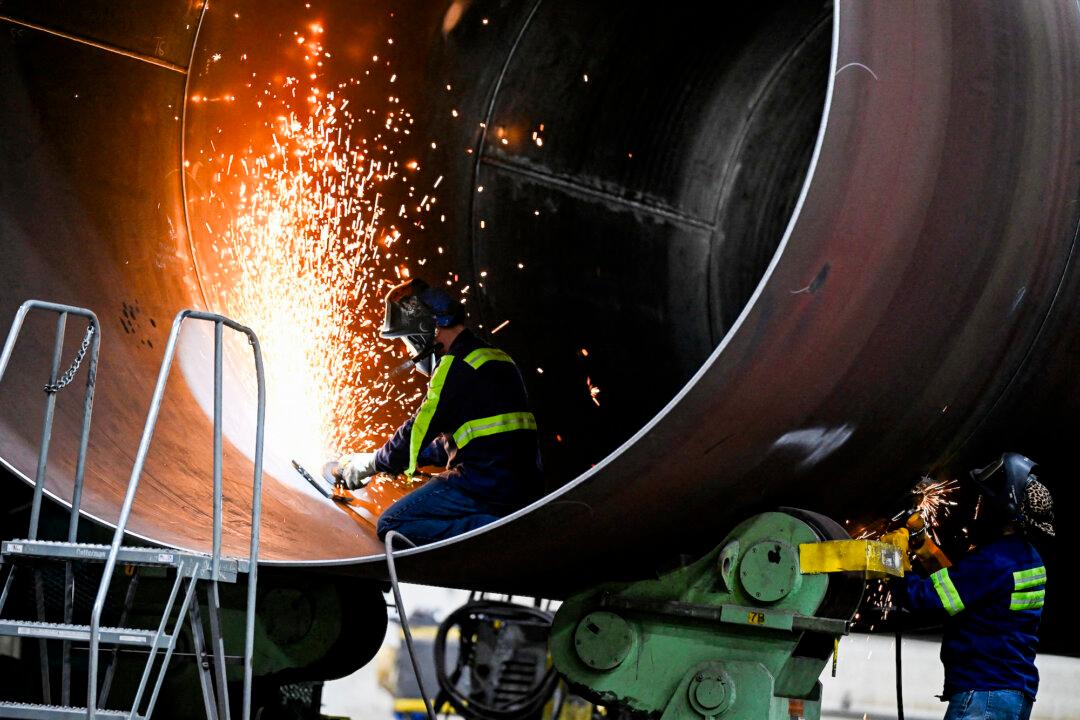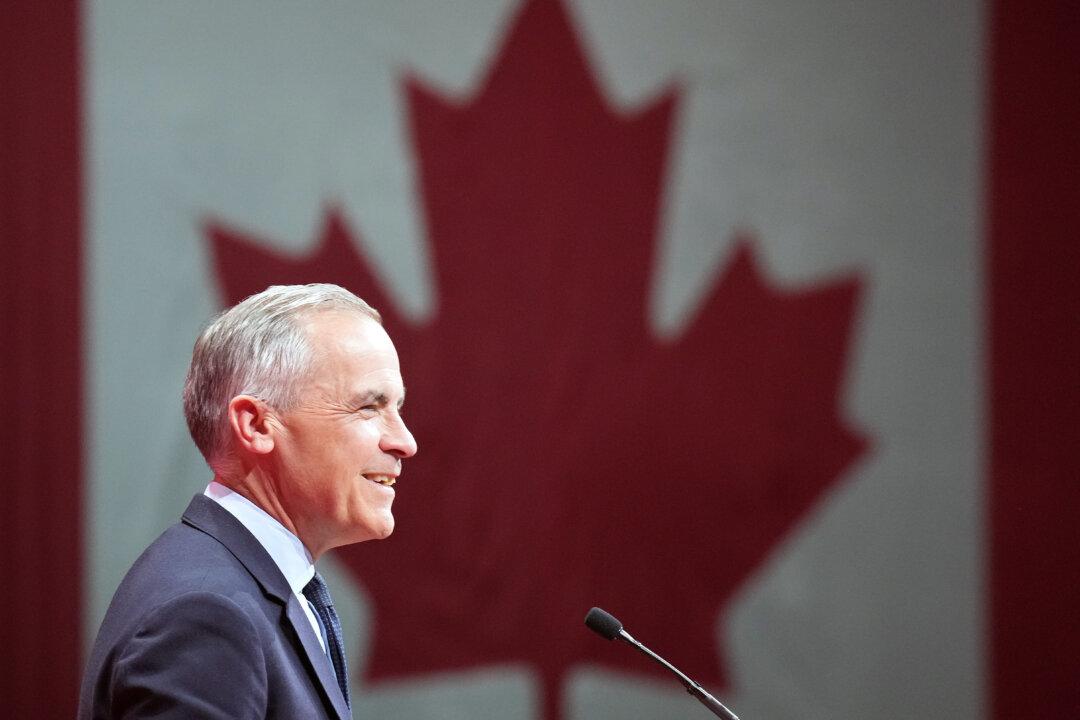The U.S. manufacturing sector showed signs of recovery in November, as new orders expanded for the first time in eight months and rising confidence spurred companies to add staff, according to data from the Institute for Supply Management (ISM) and S&P Global.
Although both surveys indicated ongoing contraction in the sector, the slowdown was less severe than expected, driven by easing inflation and optimism over pro-business policies expected from President-elect Donald Trump.
The new orders index climbed by 3.3 points to 50.4, indicating growth, per the ISM report. New export orders saw a 3.2-point improvement from October, although at 48.7 they remained in contraction territory.
“The New Orders Index returned to expansion, albeit weakly, after seven months of contraction,” Timothy Fiore, chair of the ISM Manufacturing Business Survey Committee, said in a statement.
He noted that the production and employment indices remained below 50, reflecting continued softness in output and hiring, although both showed some improvement compared with October.
Respondents’ views on the manufacturing sector were mixed, per the ISM report. Several surveyed executives said business was generally slow, although a number of them expressed optimism about business prospects.
“Inflation, even after easing, continues to impact demand,“ an executive from the food, beverage, and tobacco products industry said in a statement. ”Consumers are looking for value, and purchasing behaviors are changing as many shoppers reduce consumption, causing softer volume.”
A textile mills industry executive said that business “is seeing an uptick in sales forecasts for the first quarter of 2025 versus the fourth quarter of 2024,” also noting that “overall, our outlook for 2025 is optimistic.”
“Business is slowing as customers destock and appear uncertain about near-term demand,“ a fabricated metal products executive said. ”Preliminary forecast for 2025 is down significantly; we hope to see improvements now that we are beyond U.S. election uncertainties.”
“We note that November’s fall in overall new orders was the smallest seen over the past five months, hinting that the downturn in domestic demand for goods is easing and could help revive the manufacturing sector as we head into 2025,” Chris Williamson, chief business economist at S&P Global, said in a statement.
Cost inflation was the lowest in a year, per the S&P Global report, while a rebound in business optimism led to renewed job creation. Several manufacturers surveyed by S&P Global indicated that domestic demand conditions have started to improve following the November presidential election. Although the mood among U.S. manufacturers brightened in November, that has not yet translated into higher output, which continued to be scaled back.
“Optimism about the year ahead has improved to a level not beaten in two and a half years, buoyed by the lifting of uncertainty seen in the lead-up to the election, as well as the prospect of stronger economic growth and greater protectionism against foreign competition under the new Trump administration in 2025,” Williamson said in a statement.
“This means that U.S. manufacturers have little visibility on the timing and scale of potential action at this point, although they do at least know Donald Trump is looking to cut taxes on profits,” the analysts wrote. “While U.S. manufacturers should receive a competitive advantage from tariffs via the higher prices charged for foreign made products, there are consequences for their own supply changes and the potential for foreign reprisals that could hurt exporters.
“As a result, U.S. manufacturing activity looks set to remain subdued at least until there is some clarity on the trading environment they face.”







